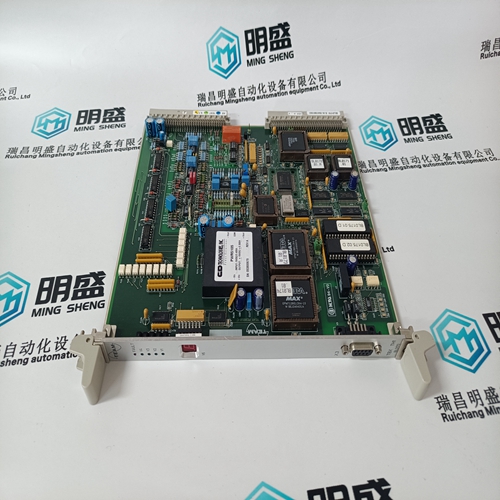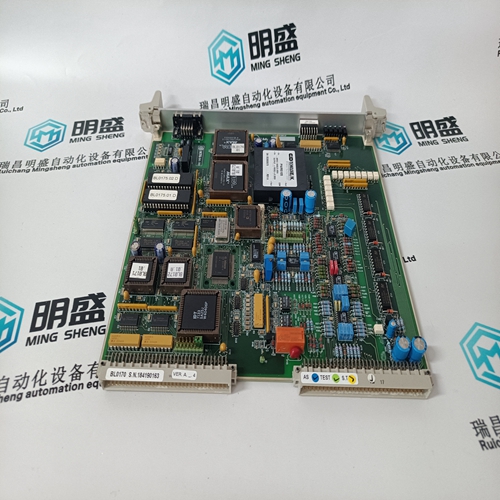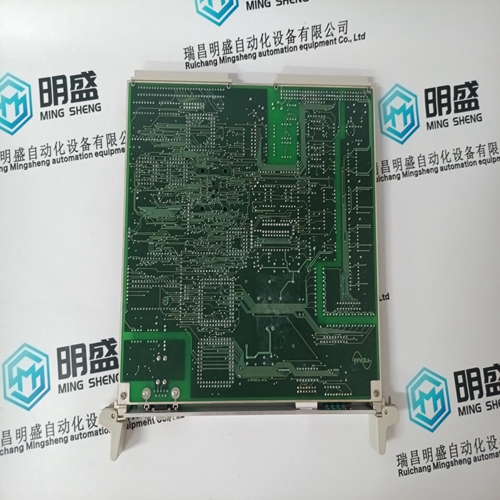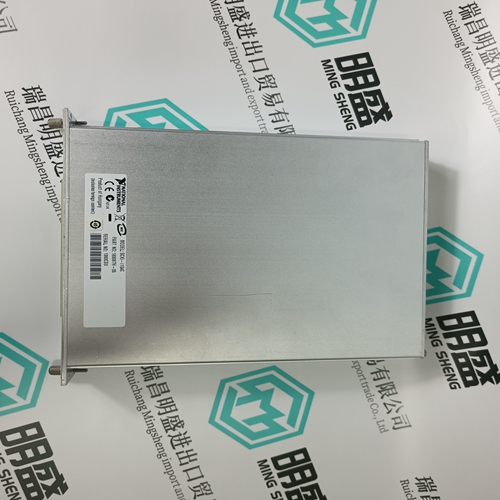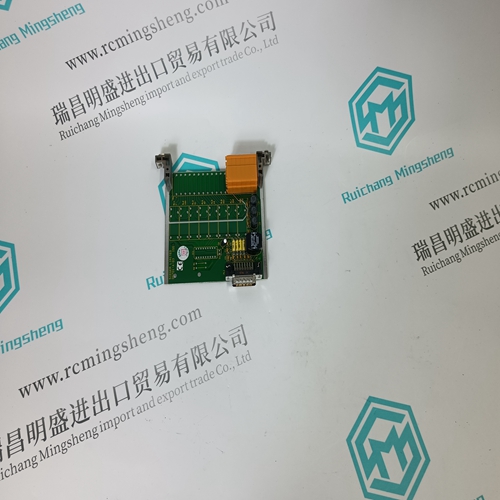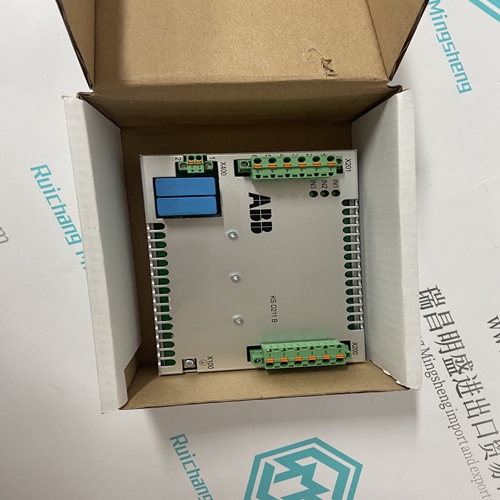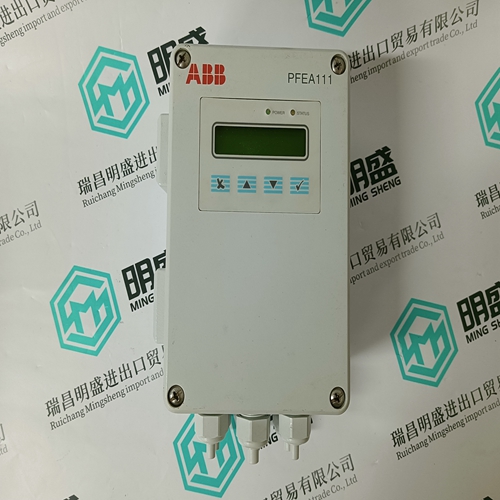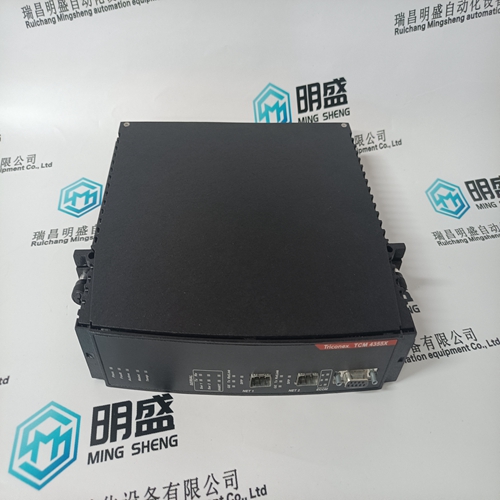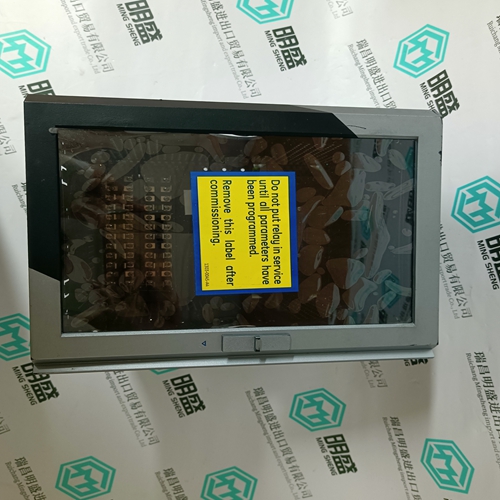Home > Product > Robot control system > TEAM BL0170 Automatic card
TEAM BL0170 Automatic card
- Product ID: BL0170
- Brand: TEAM
- Place of origin: the United States
- Goods status: new/used
- Delivery date: stock
- The quality assurance period: 365 days
- Phone/WhatsApp/WeChat:+86 15270269218
- Email:stodcdcs@gmail.com
- Tags:TEAMBL0170Automatic card
- Get the latest price:Click to consult
The main products
Spare parts spare parts, the DCS control system of PLC system and the robot system spare parts,
Brand advantage: Allen Bradley, BentlyNevada, ABB, Emerson Ovation, Honeywell DCS, Rockwell ICS Triplex, FOXBORO, Schneider PLC, GE Fanuc, Motorola, HIMA, TRICONEX, Prosoft etc. Various kinds of imported industrial parts
Products are widely used in metallurgy, petroleum, glass, aluminum manufacturing, petrochemical industry, coal mine, papermaking, printing, textile printing and dyeing, machinery, electronics, automobile manufacturing, tobacco, plastics machinery, electric power, water conservancy, water treatment/environmental protection, municipal engineering, boiler heating, energy, power transmission and distribution and so on.
TEAM BL0170 Automatic card
To “enter” a specific set point from the 505 Display use the following steps: 1. From the HOME page go to the Cascade Control page 2. Press the Commands button until ‘Entered Setpoint’ appears 3. Select ‘Entered Setpoint’ and a pop-up will appear 4. Press Enter from the Navigation cross and the pop-up value will highlight 5. Adjust the value with the Adjust keys or enter a value from the keypad 6. Press Enter again when desired value has been entered 7. The value in the pop-up will be accepted if it is valid, if it is out of range then an error message will appear stating the entered value is invalid 8. Select the GO button to ramp the setpoint to this entered value Refer to Volume 2 of this manual for information on which programmed settings are tunable through the 505’s Service mode. Service mode values can be tuned/adjusted while the 505 is shutdown or in the RUN mode. Cascade Set Point Tracking To allow a bumpless transfer from turbine Speed/load control to Cascade control, the Cascade PID can be programmed to track its controlling process input when disabled. When this tracking feature is programmed, the Cascade PID will be satisfied when enabled, and no turbine speed or load correction will be performed. After the Cascade control is enabled, its set point can moved, as required, to another setting.
Cascade Set Point with No Tracking
If the Cascade control is programmed not to use the set point tracking feature the set point will remain at its last setting (running or shutdown). When the 505 is powered-up the set point is reset to the ‘Setpt Initial Value’. With this configuration, when Cascade control is enabled, and its sensed process signal does not match set point, the Cascade control will ramp turbine speed/load up or down to match the two signals, at a controlled “not-matched” rate (defaulted to the ‘Speed Set Point Slow Rate’ setting, and tunable through the Service mode). If Cascade is the controlling parameter and one of the permissives is lost or Cascade is disabled, the speed set point will remain at its last setting until another parameter adjusts it.
Depending on the control action required, the Cascade input signal can be inverted. If a decrease in inlet governor valve position is required to increase the Cascade process signal, program the ‘INVERT CASCADE INPUT’ setting to ‘YES’. An example of this required control action would be when the Cascade PID is configured to control turbine inlet steam pressure. To increase turbine inlet steam pressure, the inlet control valve position must be decreased.
Cascade Droop
When sharing control of a parameter with another external controller, the Cascade PID can also receive a programmable DROOP feedback signal for control loop stability. This feedback signal is a percentage of the Cascade PID’s output. By including this second parameter into the control loop, the Cascade PID becomes satisfied, and does not fight with the other external controller over the shared parameter. If Cascade droop is used, the Cascade input signal will not match the Cascade set point when in control. The difference will depend on the amount (%) of droop programmed and the output of the Cascade PID. The Droop value fed back to the Cascade PID is equal to the following defaulted settings: PID OUTPUT % x ‘CASCADE DROOP %’ x ‘MAX CASC SET POINT’ x 0.0001 Where the ‘CASCADE DROOP %’ and ‘MAX CASC SET POINT’ values are set in the Program Mode and the ‘PID output %’ is determined by the Cascade demand. Example: 25% x 5% x 600 psi x 0.0001 = 7.5 psi Refer to Volume 2 of this manual for information on related Service mode tunables.
